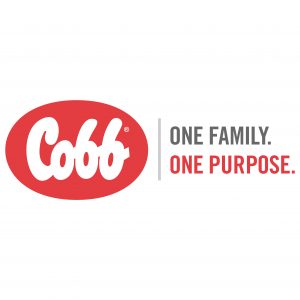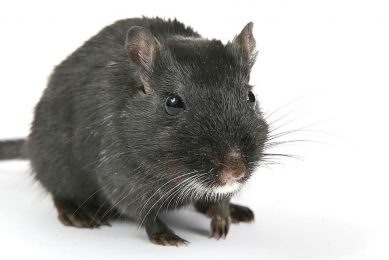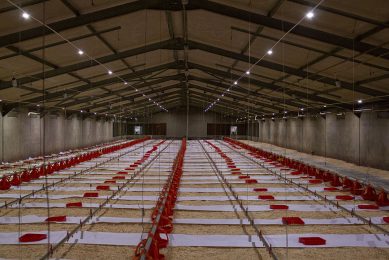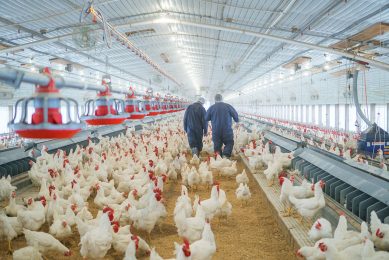Improving management with male restaurant feeding designs
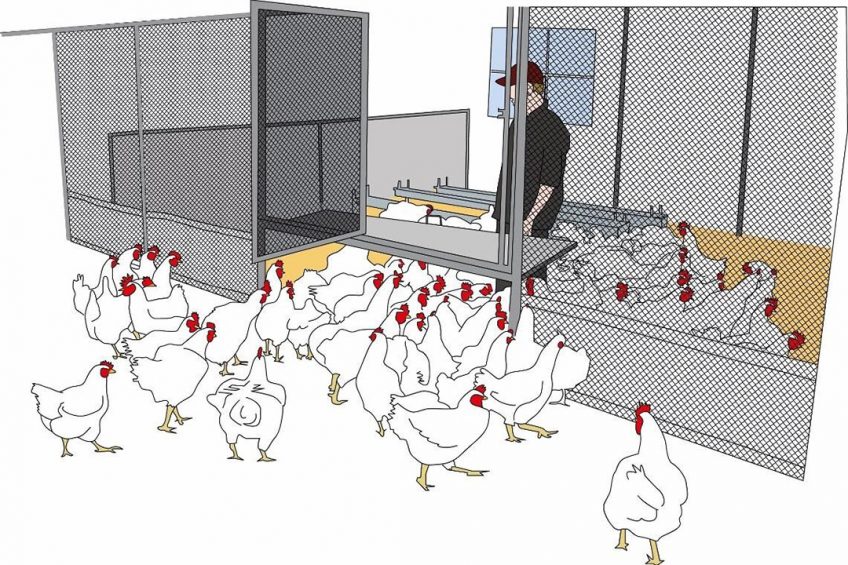
Male restaurant feeding has been around for some time in breeder production houses that are 100% litter. In this article, 2 designs are described.
Training male birds
In the described designs, males are transferred 5 to 7 days earlier than females to the production house to train them with a whistle to come to the restaurant pen for their daily feeding. When cued by the sound of the whistle, the males congregate at the restaurant entrance. The entrance is then opened to let all of the males inside and then closed after they are all in. Once the males are separated from the flock, the females are fed. After the females finish their feed, the door of the male restaurant is opened and the males stream outside and distribute over the house, mating with receptive females. This concept requires labour to train the males, get them inside the restaurant, and, subsequently, set them free. However, the method provides good outcomes of male flock uniformity, high fertility rates, and excellent average hatchability.
Potential advantages of this system with a focus on male management?
- It is easier to control male bodyweight gain after mixing with females.
- Males are not able to consume female feed.
- Females will have no competition of males stealing feed in the period from 21 to 28 weeks of age. This provides more feeder space for each female and exact female feed availability.
- Male feed can be distributed over the entire feeder track or pans and checked each day before males have feed access. This will promote uniformity of male bodyweight, which is crucial to obtain high and persistent fertility over 97% for a 20-week period (32 to 52 weeks of age of flock).
- Males can be weighed more easily and the sampling is more representative.
- Fleshing of the males can be done more efficiently. Fleshing data is used to determine feed allocations to establish or maintain optimum conditioning.
- Males can be observed more easily at feeding time. Restaurant feeding facilitates the selection of non-mating and over- and under-weight males based on Cobb management criteria and maintaining male-to-female ratios.
- Male liveability improves considerably, and there is potentially less need for spiking, reducing the cost of additional management and male transfer.
- Males can be fed either a female or male diet while still maintaining bodyweight control.
- Treatments delivered through the water line are possible if a separate water line system is installed in the restaurant area. Males consume feed more quickly than females and require a water source when female feed clean-up time is extended through peak production.
- Males reared with pan feeders may not be accustomed to finding drinkers over the slats and therefore may be reluctant to jump onto the slats to drink. Placement of a male drinker line in the restaurant area will promote water intake for the males to support uniformity and fertility.
European community house configuration
A 2nd restaurant design can be used in production houses with a European community house configuration. These houses have a slat-nesting system that runs through the middle of the house, creating a left and right side of the house. They are normally 120 to 150 meters long, and feed distribution is done from the centre of the house for males and females. The 2 male feeding systems are placed along both side walls over the length of the house. The restaurant feeding area is created by hanging netting next to the male feeder line. The netting must be rigged so that it can be raised to let males in and lowered when all the males are inside at feeding time. With this design, a whistle is also used to train the males to come to the male feeders. This concept is fairly inexpensive to install and has many of the same advantages described above. Some additional potential benefits include:
- Use restaurant pens for feeding and to do male grading during the production period. Sort heavier-, medium- and light-weight males into different pens and feed them different feed amounts. This will facilitate corrections to bodyweight and uniformity, which can improve mating productivity, improve liveability and conditioning of males, and maximise fertility and hatch.
- This design allows producers to regulate the number of males that are allowed to mix with the female population by raising the netting and allowing only a portion of males out of the pen while the remaining males are segregated into the restaurant pens. In this way, male aggression can be controlled if males are ahead of female sexual development during the 21 to 26 weeks of age period. Using this method, different males will become acquainted with the females each day. This also alleviates biosecurity issues in areas where bringing in males from other locations at a later age is complicated.
- It is important to note that if males are going to be segregated, water drinkers need to be available in the restaurant area. Males consume feed more quickly than females and require a water source when female feed clean-up time is extended through peak production. Furthermore, maintain sufficient spacing between the dropped netting and the male and female feeder track so that both sexes can eat comfortably and with ease.

Personal preference
Some operations discontinue the male restaurant after peak production while others continue to use it over the life span of the flock. The male drinker line needs to be high enough so that only males can access it. If females are allowed to access male drinker lines, more floor eggs can be expected. Calculate 8 males per nipple and place the nipples 1 meter apart. In a house that is 120 meters long with 5,000 females per side and 450 males (9%), this means 450÷8 males/nipple = 56.25 nipples. Nipples spaced at a 1-meter distance thus need approximately a 59-meter-long nipple line. The house is 120 meters long, so it means that the nipple line is not covering the whole length of the house.
Restaurants have some unique advantages in that males can be closely monitored in the production period to promote fertility and hatchability. Using this method, producers can manage mating activity if sexual synchronisation is not optimal between the sexes and, as a result, improve female liveability. In many cases, the investment in the materials needed for the restaurant pens is easily offset by the improvement in production performance.
Author:
Winfridus Bakker, Cobb


